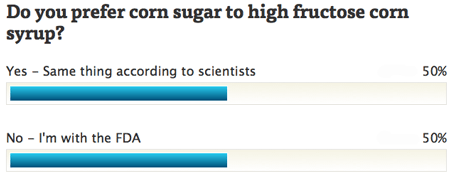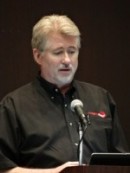New Energy Farms (NEF) has developed a revolutionary new method of propagating energy grasses that will reduce farmer establishment costs by 50 percent or more.
Cost effective scaling of perennial energy grasses such as Miscanthus, Arundo donax and energy cane has previously inhibited expansion. NEF has developed a new planting product for vegetative energy crops called CEEDS. These are small capsules that are established using automatic min till or no-till planters, like seed. The process applies to a number of energy grasses and is currently being evaluated by companies in the U.S. and Canada. The existing range of NEF energy crops will be available in the CEEDS format commencing from 2013 to 2014 depending on the cultivar and region.
“The focus was to make establishing vegetative energy crops as easy as other arable crops, to do this we started to look how to reverse engineer a seed, and the result was CEEDS,” says Dean Tiessen, president of New Energy Farms.
“CEEDS represents a step forward in energy crop establishment; that has been many years in the development, but solves all the issues that have previously made scaling energy crops difficult,” adds Dr. Paul Carver, CEO New Energy Farms.
The CEEDS planting system works alongside the NEF energy crop plantation management system, Biomass Direct to provide a farm to end user service for our customers.
The main advantages of CEEDS are
• New cultivars can be bulked up to market volumes 3 times faster.
• Establishment cost for crops like Miscanthus can be reduced by over 50 percent.
• Min / No till, fully automatic precision planting (no planting staff required).
• Substantially lower cost of planting, less ground cultivation.
• Reduction by up to 80% in transport logistics for planting material.
• Greater vigor after planting, more shoots produced.
• This system delivers the maximum yield from a cultivar.
• Makes planting energy grasses as simple as drilling conventional arable crops.










